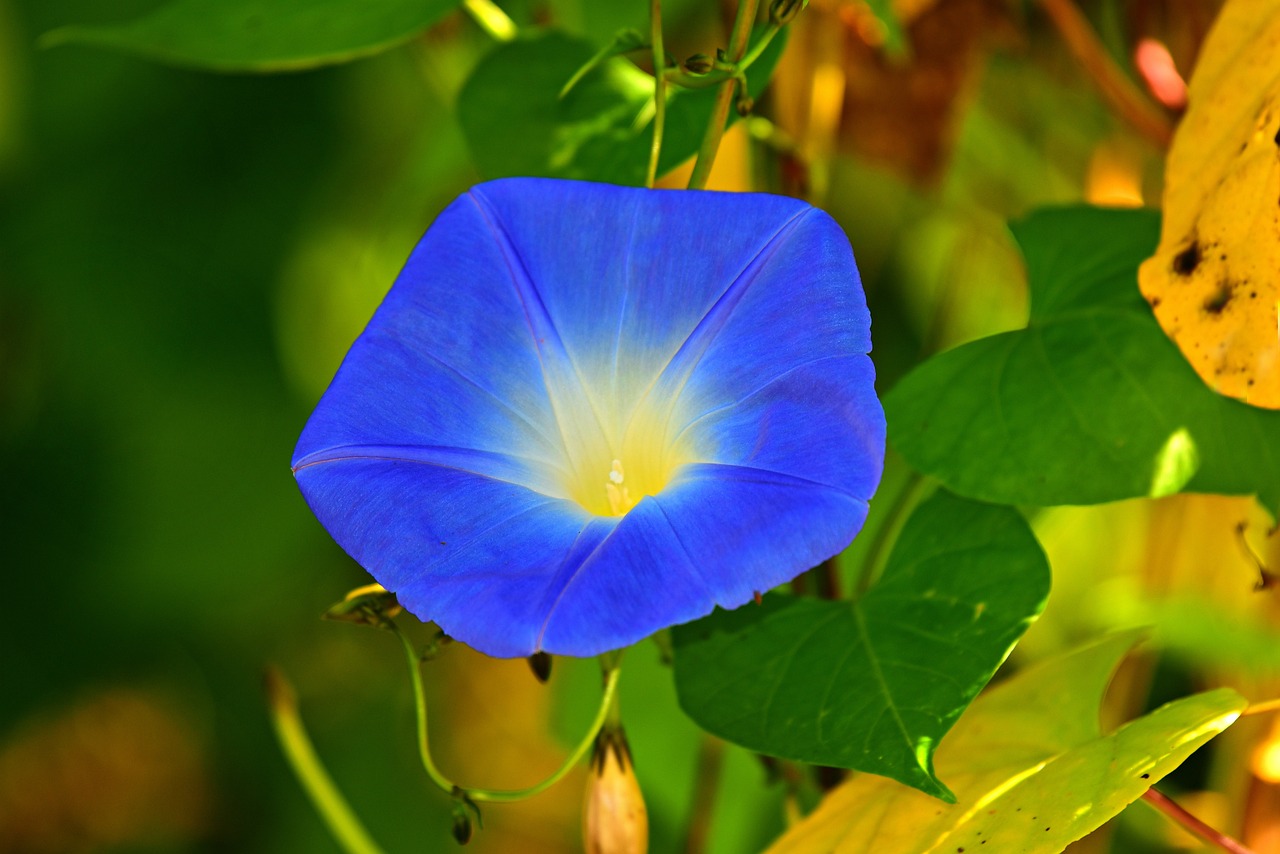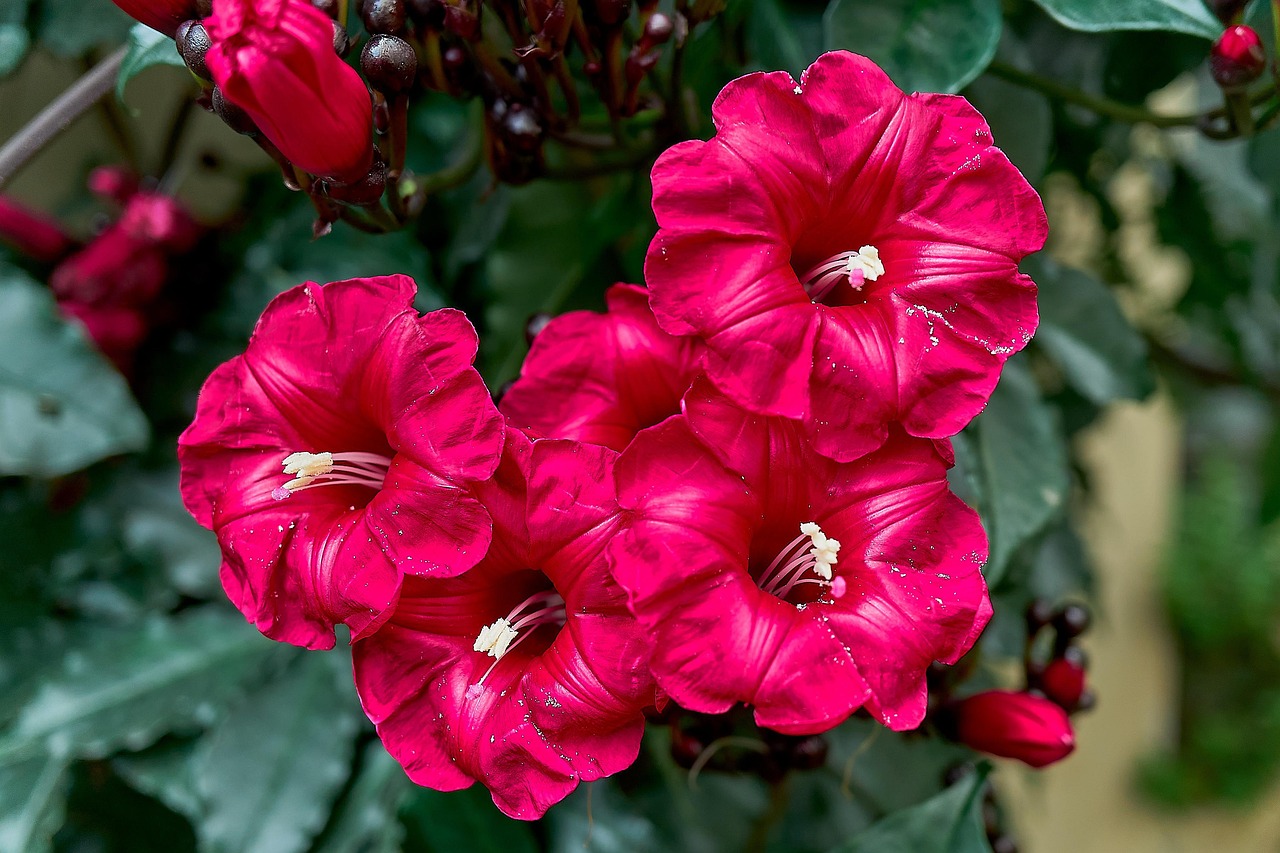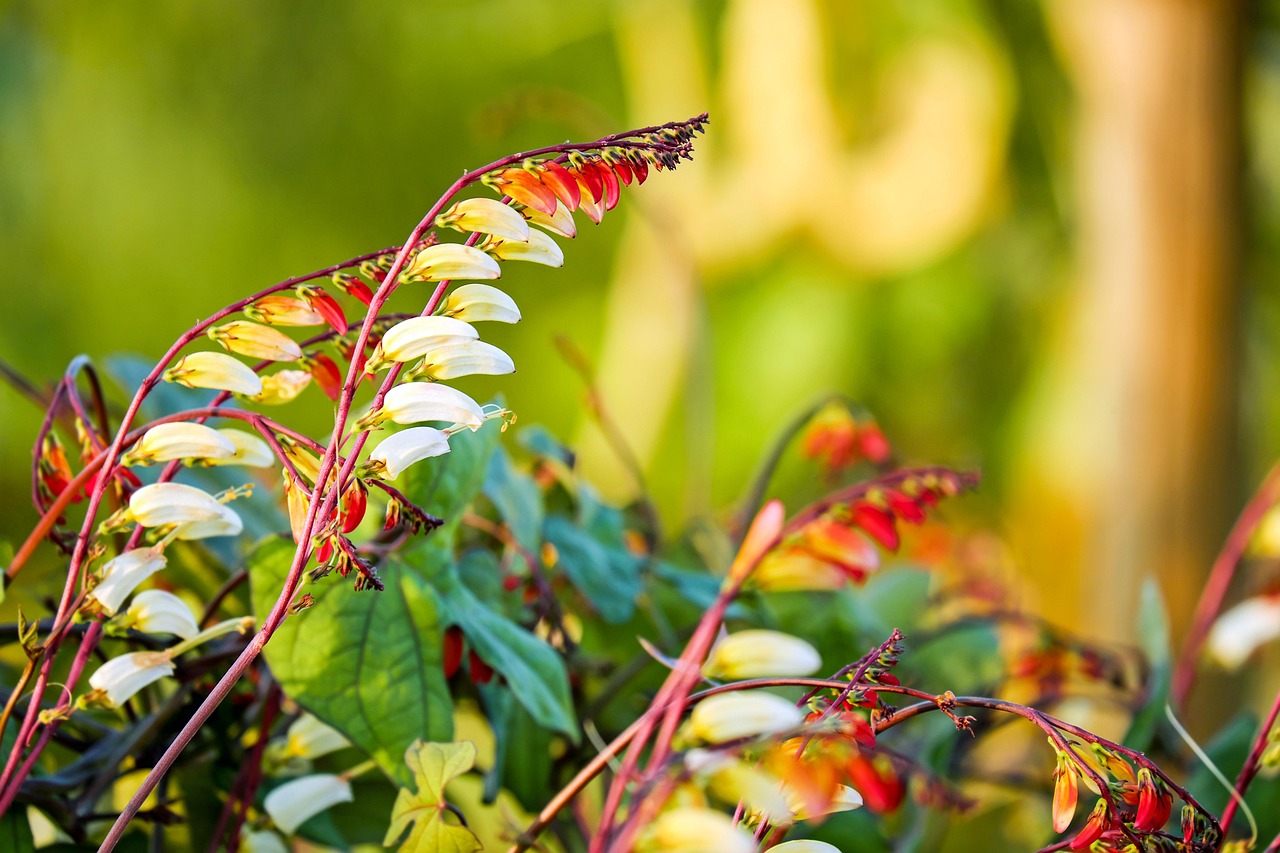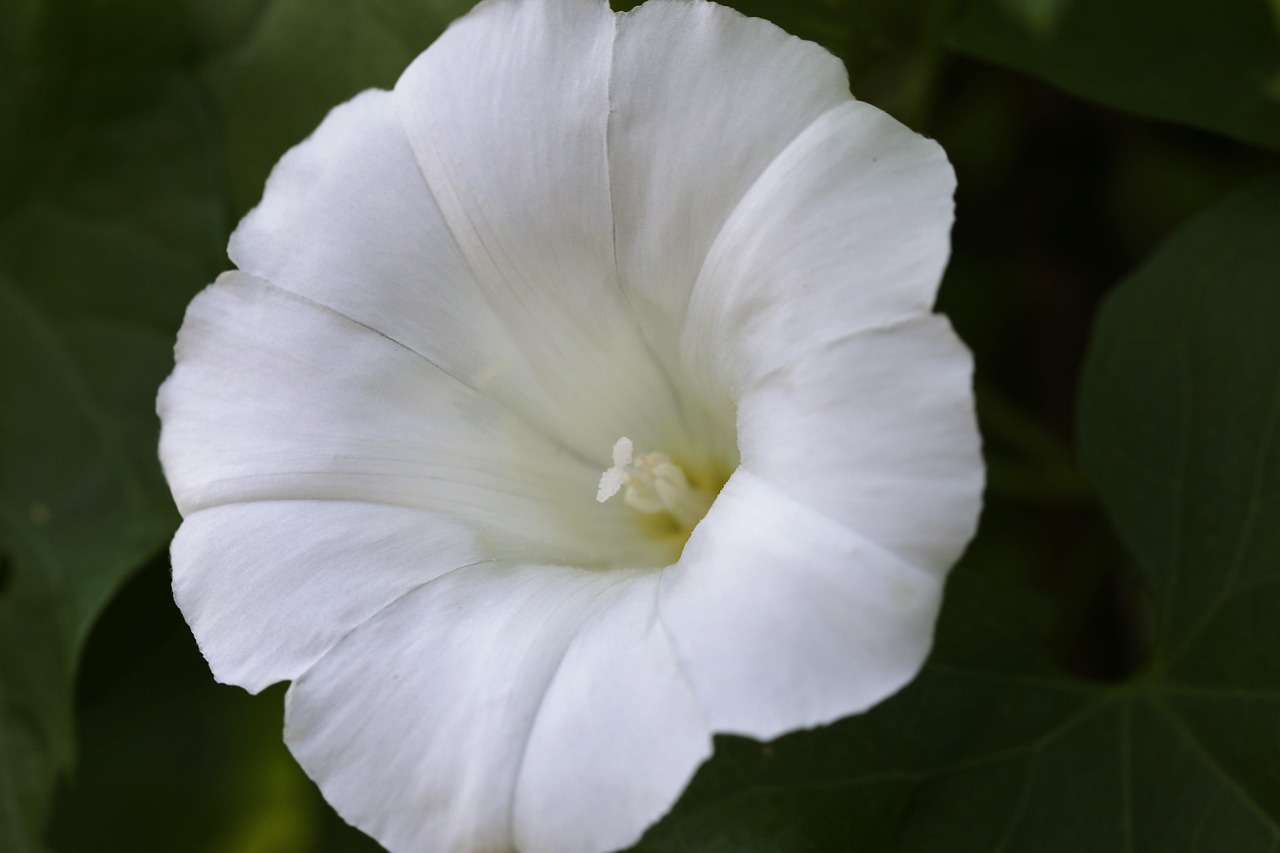Yellow Beach Morning Glory | A Tropical Ipomoea Rooted in Coastal Life
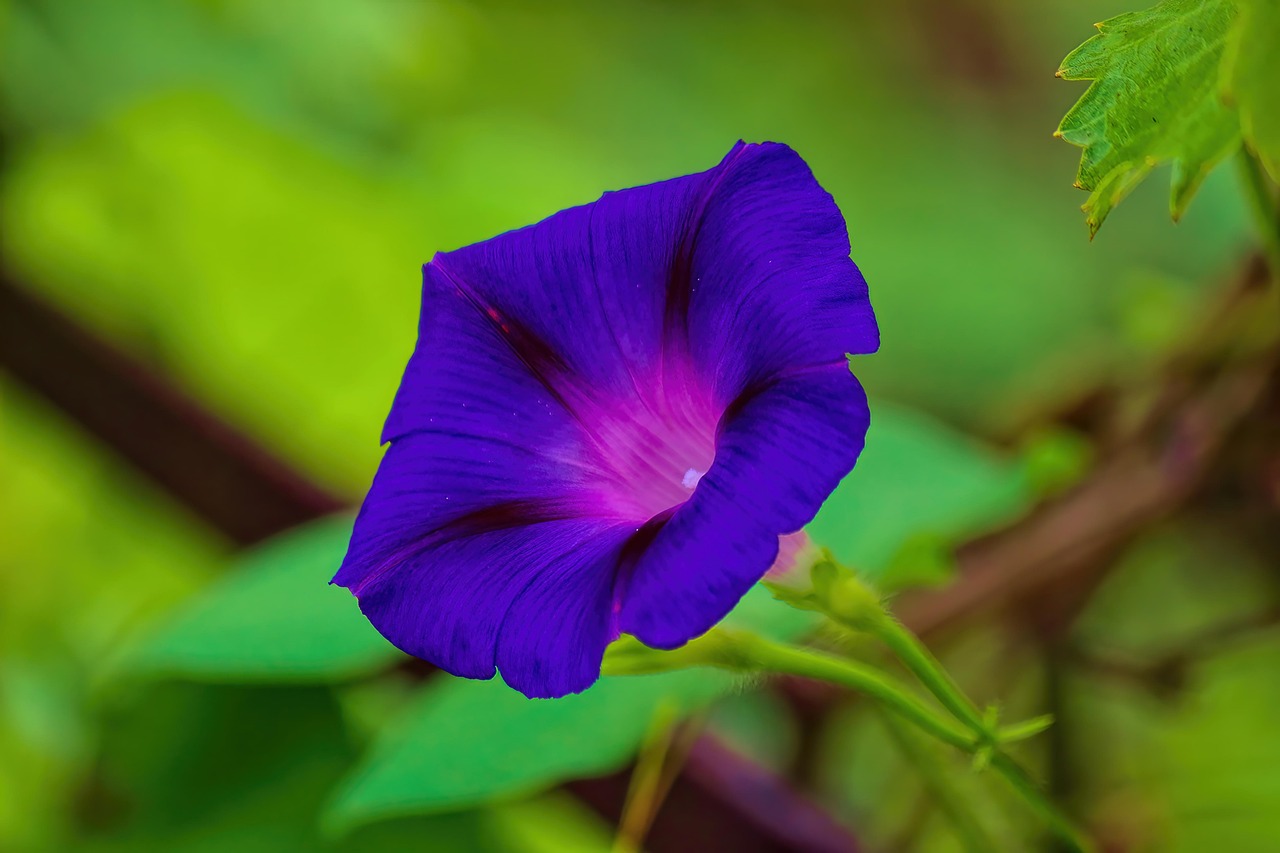
The Yellow Beach Morning Glory (Ipomoea violacea) is a perennial vine belonging to the Convolvulaceae family, native to tropical America. It naturally spreads along sandy beaches, cliffs, and dry fields, adapting well to coastal landscapes.
Admired for its vibrant yellow and pale purple flowers, it has long been cultivated ornamentally. Yet, it originally coexisted spontaneously within human living environments rather than being introduced deliberately.
In this article, I will not only highlight its botanical characteristics but also explore its cultural and historical significance around the world, while offering practical advice for cultivation.
Basic Information
- Scientific name: Ipomoea violacea
- Family: Convolvulaceae
- Origin: Tropical America (from Mexico to Peru)
- Appearance: The stems trail along the ground, while the heart-shaped leaves are soft in texture. The funnel-shaped flowers appear in shades of yellow, pale purple, or near-white, measuring 4–6 cm in diameter, and bloom from early morning until midday.
- Flowering season: From spring to autumn, and almost year-round in warmer regions.
Cultural Significance Worldwide
Species of Ipomoea, including the Yellow Beach Morning Glory, are widely found along the coasts of Central and South America as well as the Caribbean, blending naturally into local landscapes and lifestyles.
In Mexico, these plants grow abundantly near seaside villages, inspiring traditions such as adorning hair with flowers or incorporating their motifs into folk art.
Because the blossoms open at dawn and fade by midday, they are often regarded as symbols of the beginning of the day. They have also been used in local markets and places of prayer.
In Polynesia and Hawaii, coastal species of Ipomoea are valued as natural vegetation for erosion control and wind protection. There, they serve not only as ornamental plants but also as contributors to environmental conservation and community life.
They are cherished as flowers that protect seaside living, and children often pick them for play or use them as materials in school lessons.
Historical Episodes
The Yellow Beach Morning Glory began to appear in European botanical records in the late 18th to early 19th centuries.
Initially confused with the common morning glory (Ipomoea purpurea), it was recognized as a distinct species after advances in plant taxonomy during the 1790s.
In European botanical gardens, Ipomoea species, including this one, were introduced as part of the great plant-collecting expeditions of the 19th century. They were displayed and cultivated in greenhouses.
At the Royal Botanic Gardens, Kew, specimens and seeds from tropical America were documented, and the plant became the subject of experimental breeding and selection.
By the 20th century, interest shifted toward its practical value in coastal preservation. After World War II, research into dune vegetation increased, highlighting the plant’s strong tolerance for salt and drought. It was introduced to coastal areas of the United States and Pacific islands as part of environmental restoration projects.
Gardening Advice
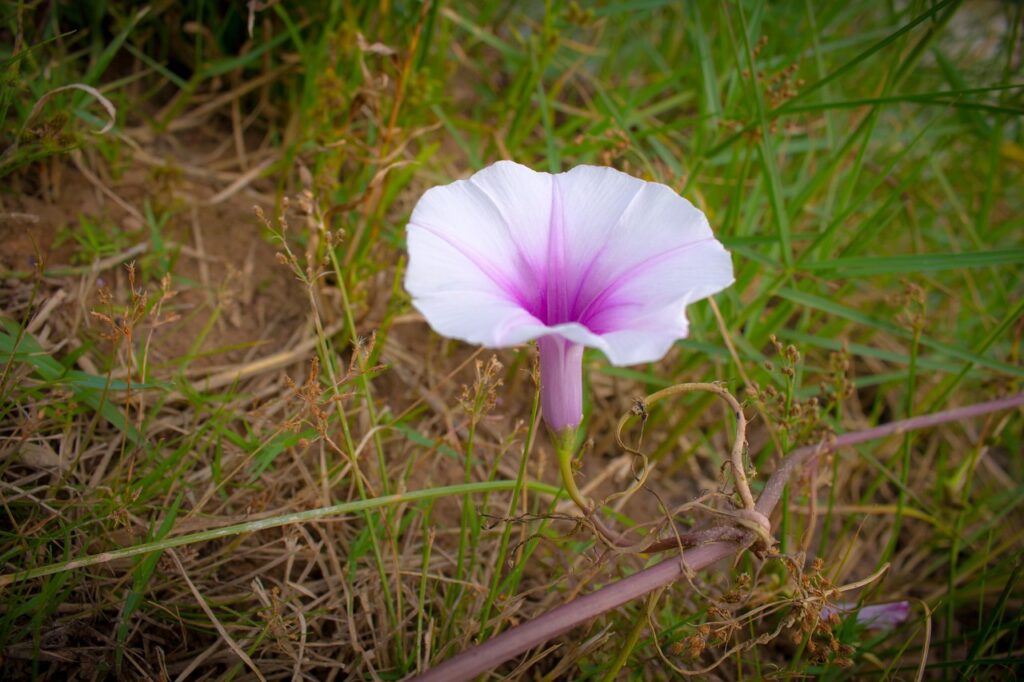
The Yellow Beach Morning Glory can be grown relatively easily even in temperate regions of Japan. Below are key cultivation points:
Sunlight
Choose a spot with at least six hours of direct sunlight. It tolerates strong sun well, making it suitable for south-facing gardens or balconies.
Watering
The plant is moderately drought-tolerant. Water only after the soil has thoroughly dried, as excess moisture can cause root rot.
Soil
Prefers well-draining, airy soil. A light potting mix enriched with sand is effective.
Fertilizer
Minimal fertilization is sufficient. Apply a slow-release fertilizer at planting, then provide additional nutrients about once every two months.
Training and pruning
As the vines spread along the ground, they can be trained onto fences or nets. Pruning helps maintain shape and ensures steady flowering.
Overwintering
The plant is not frost-tolerant. In colder regions, it is best to grow it in containers and bring it indoors during winter.
Conclusion
The Yellow Beach Morning Glory, native to tropical America, is a coastal Ipomoea species that thrives naturally in sandy landscapes.
In many regions, it has become part of local traditions, adorning rituals and everyday life.
Introduced to Europe during the 19th-century age of plant exploration, it gained recognition as both an ornamental species and later, in the 20th century, as a practical solution for coastal preservation.

